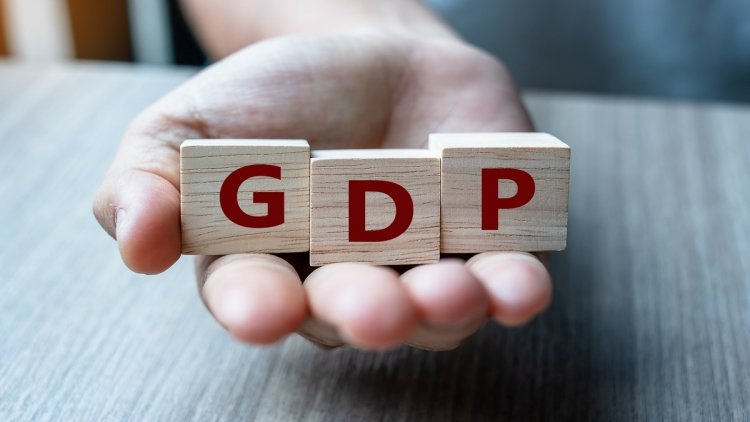GDP to be $6.7 trillion in FY31: S&P
STORIES, ANALYSES, EXPERT VIEWS

The economy is estimated to grow at the rate of 6.7 per cent per year from FY24 to FY31. India’s GDP will catapult to $6.7 trillion in FY31 from $3.4 trillion in FY23, stated a report by S&P. It added that per capita GDP will increase to about $4,500.
The report added that India would need to chart out its own unique path, unlike the East Asian economies. India’s growth will be driven by capital accumulation and with the government and private sectors investing in infrastructure and manufacturing. S&P underscored the potential of digital infrastructure to drive growth.
Factors on which success will depend: The success, however, will primarily depend on India’s ability to “reap its demographic dividend; increase labor force participation, including upskilling; boost private investment, with structural reforms in land, logistics and labor; and increase competitiveness, driven by foreign direct investment”. Geopolitics could also provide considerable tailwinds, the report added.
Consumer market will more than double: The report added that the consumer market in India will more than double by 2031, surging to $5.2 trillion from $2.3 trillion in 2022. Consumer spending on food will increase to $1.4 trillion by 2031 from $615 billion in 2022, while spending on financial services will climb to $670 billion from $280 billion, the report said. Discretionary spending in areas such as entertainment, communications, restaurants and hotels will also increase due to higher per capita incomes.
Services sector will remain export growth engine: The services sector will remain India’s export growth engine, it added. “Rising comfort with remote work worldwide and the growth of global capability centers in India will stoke services exports,” it said.
Upskilling workers a challenge: India is failing to take advantage of its growing working-age population, the report stated, adding that upskilling workers is the need of the hour. Increasing the number of people holding jobs would boost growth, it said, highlighting that labour force participation was only 55.2 per cent in 2022. Moreover, only 32.8% were women in the labour force. Raising labour participation, especially among women and boosting skills is one of the keys to India’s growth.
Manufacturing share critical: “India’s domestic market is the third largest worldwide in purchasing power parity terms, which provides opportunities for growth in private manufacturing,” it said. While expanding manufacturing has been a long-standing aspiration for the country, its manufacturing share of GDP has only increased from 15 per cent to 18 per cent over the last two decades.
“Manufacturing has been held back by stringent labor laws, subpar logistics and poor infrastructure. The authorities are fast-forwarding infrastructure and logistics developments in a bid to ease bottlenecks. Labor laws and the land-acquisition process are also being gradually eased,” it said.
FDI: Another key area, the report added, is bolstering external competitiveness through FDI. “Growth in FDI inflows over the past decade has boosted India’s foreign-exchange reserves and helped to lower its external account vulnerability,” it said.
Geopolitics, another challenge: Geopolitics could also provide potential tailwinds to India’s growth efforts. India’s geopolitical position would help it benefit from supply chain diversification and reshoring. It acknowledged that geopolitical volatility could remain a challenge. “India is pursuing a pragmatic approach, cooperating and competing to serve its national interest. This means it is navigating changing partnerships and an evolving landscape. Deglobalization and protectionist measures will also create some headwinds for exports. Trade partnerships could help to mitigate some of these effects,” it added.














